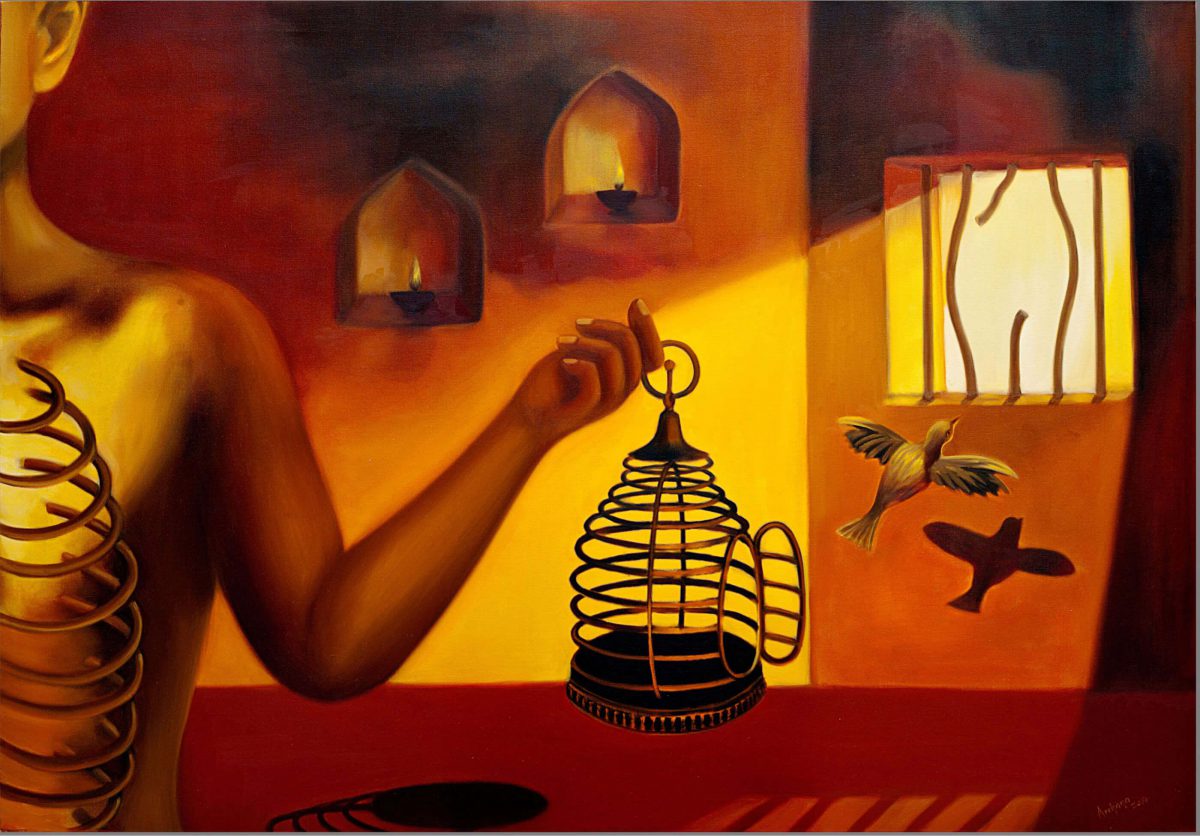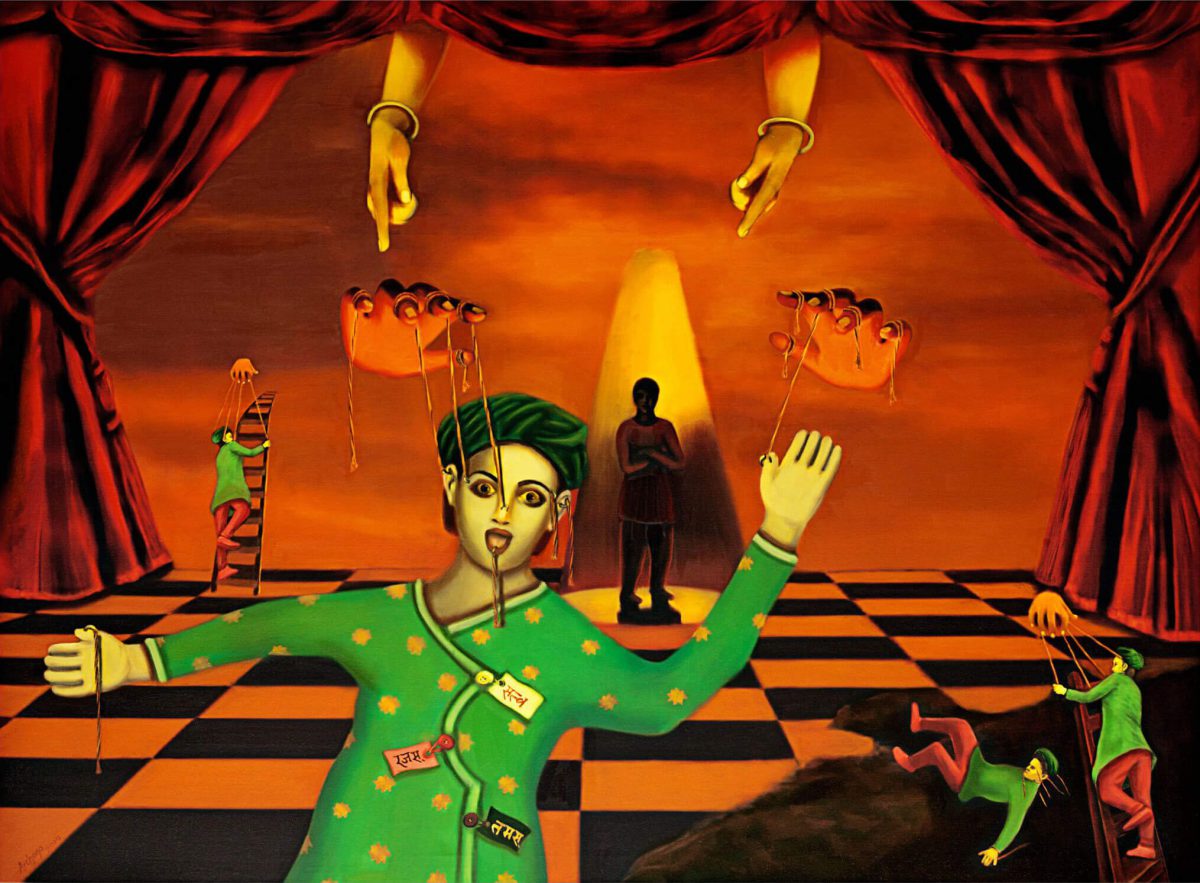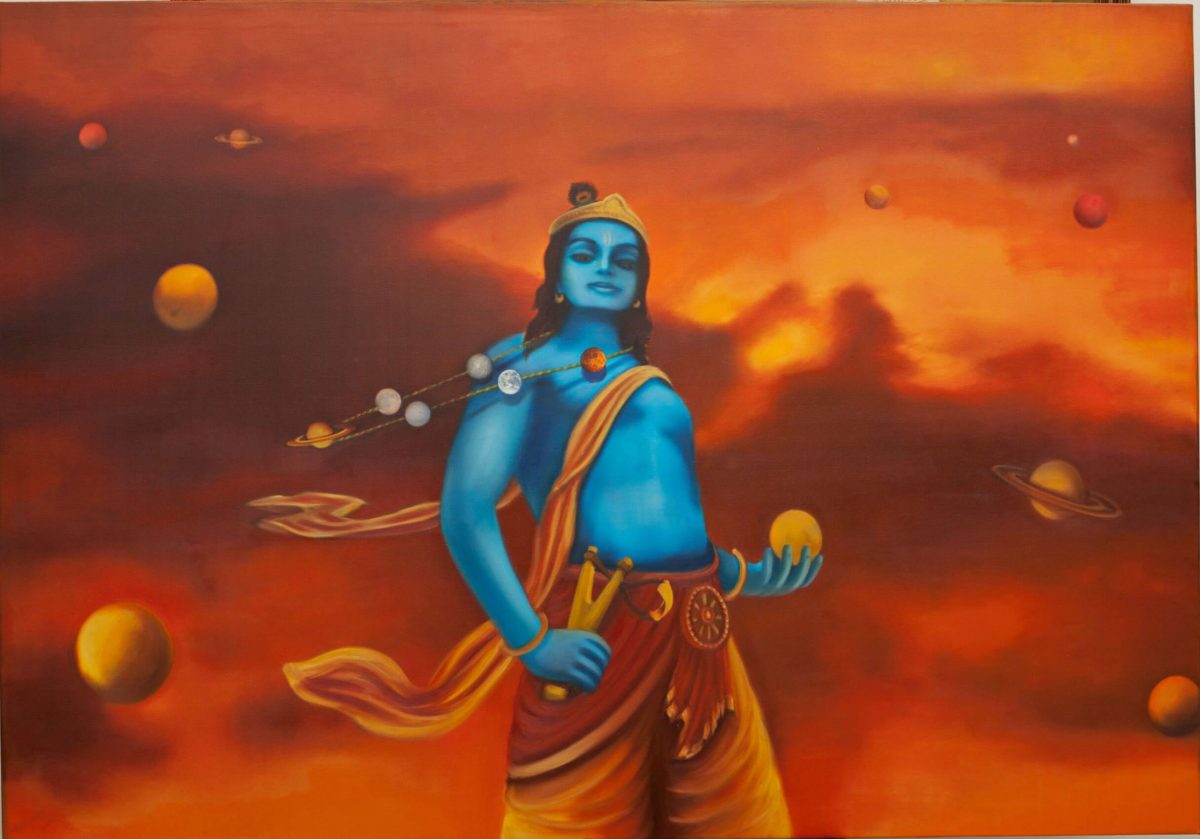“Despite having scores of servants and attendants, Mother Yashoda would seize every opportunity to render personal service (seva) to her dear son, Krishna.” As per Puranic texts, Yashoda was the wife of Nanda and the foster-mother to Krishna. Lord Krishna was born to Devaki and was given to Yashoda and Nanda in Gokul by Krishna’s father Vasudeva on the night of His birth, for His protection from Devaki’s brother, the king of Mathura, Kamsa. Yashoda’s deep affection for Krishna is the highest manifestation of ‘Vatsalya Prema’ (parental love) and even ‘Vatsalya Bhakti’ (parental devotion).
Krishna in Cradle







